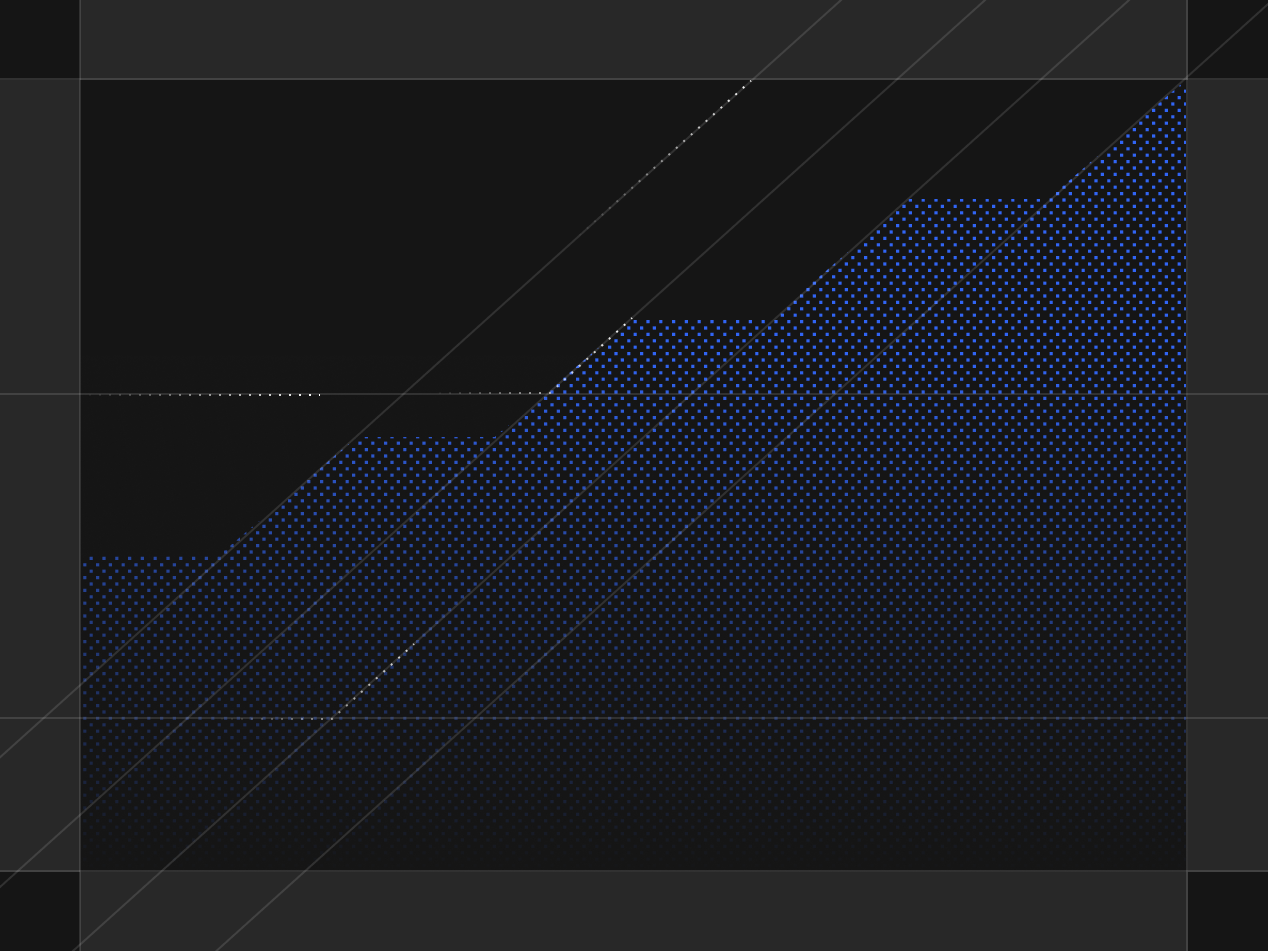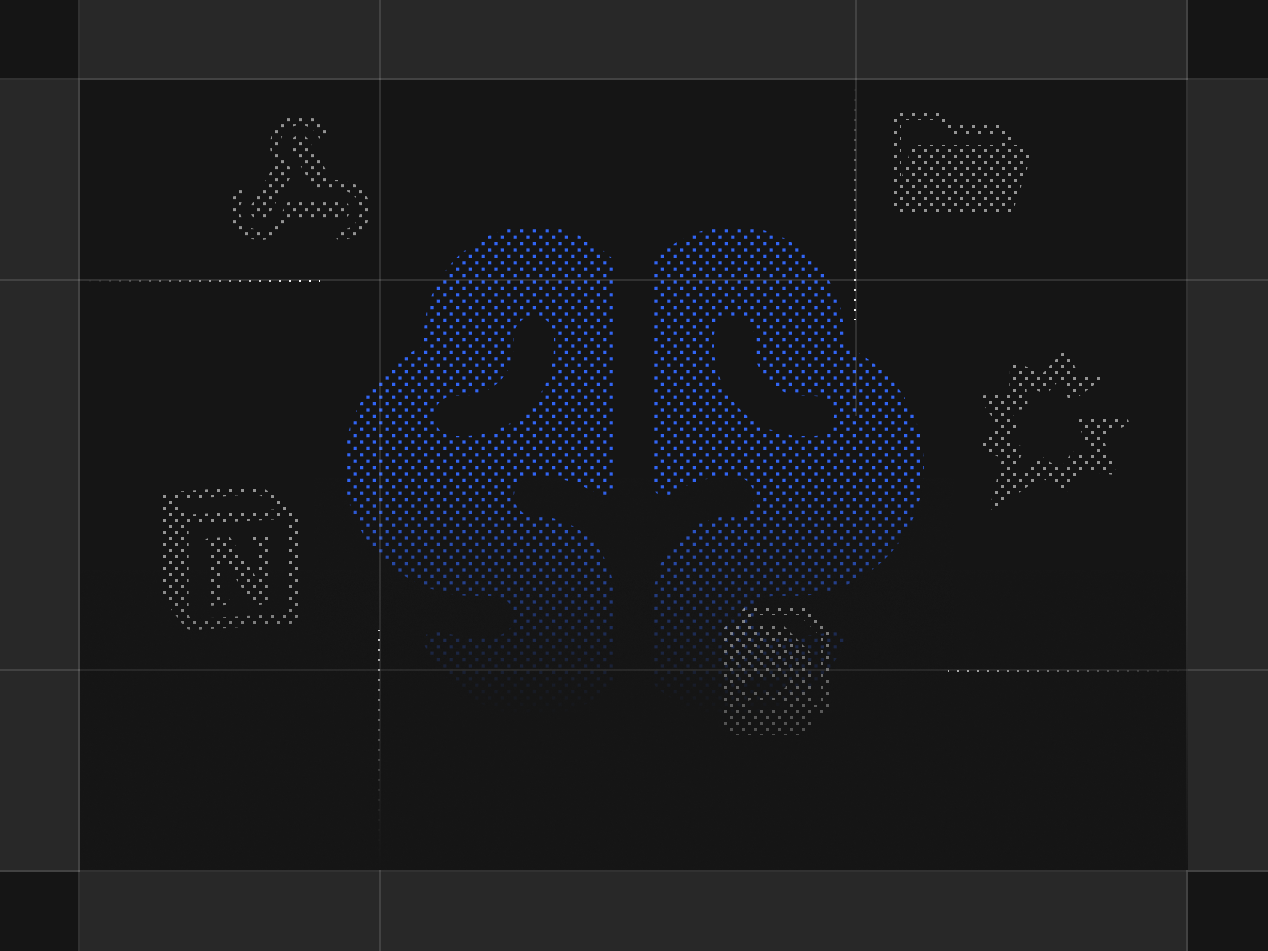Cassidy vs. Loopio, AI Automation Platform vs. RFP Response Software

Most proposal tools are built for one thing: reusing old answers. That might help proposal teams move a little faster, but it does nothing for the rest of the business.
On one side, you have RFP software like Loopio, which specializes in organizing content libraries and helping proposal teams reuse stored answers.
On the other, you have AI automation platforms like Cassidy, which not only handle RFPs, but also use your knowledge to generate new, cited responses and carry work through to completion across sales, support, operations, and beyond.
Choosing between a point solution and a full automation platform shapes how your teams spend their day. Do they spend time maintaining libraries and editing exports, or do they let AI draft, route, and complete the work so they can focus on strategy?
This comparison breaks down exactly how Cassidy and Loopio stack up and why automation wins when the goal is real productivity.
Cassidy vs Loopio: Full Fledged Agentic AI System vs RFP Software
When people compare us to Loopio, we get why. Both products show up when teams want to move faster on RFPs and questionnaires. But the reality is we’re solving very different problems. Loopio was built to help proposal managers search and reuse answers from a content library.
Cassidy was built to act on your knowledge, generate net-new, cited responses, and automate the workflows that happen before and after the submission.
Cassidy: Automation That Connects and Executes
Cassidy goes beyond libraries. It drafts answers with context from across your systems, adapts them to your voice, and routes them through approvals. From there, it updates Salesforce, alerts your team in Slack, and archives the final answer back into your knowledge base.
For example:
- A complex RFP arrives. Cassidy drafts responses with citations, flags risks, and routes exceptions to legal.
- A security questionnaire comes in. Cassidy fills repeatable controls, cites each one, and sends approvals to the right stakeholders.
- Marketing requests a vertical-specific one-pager. Cassidy assembles the draft from approved content and personalizes it for review.
Cassidy closes the loop so teams spend less time maintaining content and more time winning business.
Loopio: A Traditional Content Library Tool
Loopio focuses on proposal libraries. Its “Magic” auto-fill feature suggests answers from past projects, which speeds up repetitive questionnaires when the content is clean and current. But when new or complex questions arrive, teams go back to manual writing and editing.
Loopio delivers efficiency for standardized proposals, but it stops there. It doesn’t orchestrate workflows, update systems, or extend beyond the proposal team.
AI in Action: Structured Workflows vs Auto-Fill
The way platforms apply AI makes all the difference.
Cassidy’s Structured Workflows
Cassidy uses a no-code workflow builder that lets you define exactly how a process runs. You choose the triggers, approvals, and outputs. AI handles the writing and context, but the flow is predictable and reliable for business-critical processes.
Loopio’s Auto-Fill
Loopio’s automation centers on auto-fill from its library. It speeds up reuse, but it doesn’t generate new responses with citations or handle multi-step workflows across your stack.
Cassidy gives you automation you can trust. Loopio gives you faster lookups.
Deployment Speed: Days vs Months
Rolling out AI isn’t just about features. It’s about how quickly teams see value.
Cassidy’s Quick Wins
Cassidy launches in days. Most teams start with one high-impact workflow, then expand quickly. That might be:
- Automating RFP and DDQ responses with citations and exception routing
- Running deal-desk approvals that update CRM and notify finance
- Recording calls and turning action items into tasks
- Monitoring competitor sites and sending weekly digests to Slack
Each workflow proves ROI fast and builds momentum across functions.
Loopio’s Heavy Lift
Loopio requires importing and curating content before it delivers value. Teams spend weeks structuring libraries, formatting documents, and cleaning exports. Reviews frequently mention the upkeep and formatting issues that slow results.
If you want to show impact this quarter, Cassidy is the faster route.
Use Cases: Where Cassidy Pulls Ahead
The easiest way to see the difference is in day-to-day workflows.
Security Questionnaires and DDQs
Cassidy fills controls with citations, flags risks, and routes exceptions. Loopio reuses stored answers but doesn’t manage exception workflows.
Revenue Operations and Handoffs
Cassidy enriches leads, assigns ownership, and drafts follow-ups automatically. Loopio is limited to proposal content.
Meeting Intelligence
Cassidy records calls, creates transcripts, and turns decisions into tasks across Jira, Asana, or Salesforce. Loopio doesn’t capture or act on meetings.
Competitor Monitoring
Cassidy watches competitor sites and news, posts digests in Slack, and creates sales briefs before calls. Loopio can only store competitor boilerplate.
Knowledge Health
Cassidy flags outdated documents, syncs verified answers, and reduces manual upkeep. Loopio depends on SMEs to constantly update the library.
Approvals and Workflows
Cassidy automates approvals across finance, HR, and IT. A manager approves in chat, Cassidy updates systems, and the requester gets notified. Loopio doesn’t manage approvals.
Sales and Marketing Content
Cassidy generates decks and one-pagers from approved content, personalized for each client. Loopio surfaces past assets but doesn’t assemble or adapt them.
Risk and Compliance
Cassidy reviews contracts, flags risky language, and kicks off legal workflows. Loopio can store policies but doesn’t act on them.
HR and IT Automation
Cassidy screens resumes, schedules interviews, and triggers onboarding tasks. It also processes IT access requests and vendor reviews. Loopio remains tied to RFPs.
Across all of these, the difference is clear: Loopio reuses answers. Cassidy uses knowledge to move work forward.
Integration and Ecosystem
Both platforms connect to business tools, but for different reasons.
Loopio integrates to import and export proposal content into CRMs and document systems.
Cassidy integrates with hundreds of systems so it can both read and write. That means Cassidy doesn’t just find an answer — it posts it in Slack, updates Salesforce, or logs it in Confluence. Assistants live in Slack, Teams, and Chrome so employees can run workflows where they already work.
Security and Enterprise Readiness
Security is a given. Both Cassidy and Loopio offer SOC 2 compliance, SSO, and role-based access.
The difference is deployment:
- Cassidy lets you start small. Connect only what you need for your first workflows, limit permissions, and expand safely.
- Loopio requires org-wide content setup from the start. That means more upfront approvals and longer timelines.
Both are secure. Cassidy just makes it easier to roll out fast.
Feature Comparison at a Glance
Core focus
- Cassidy: AI automation that drafts, routes, and completes work
- Loopio: RFP library management and reuse
AI behavior
- Cassidy: Generates net-new, cited answers with context from your stack
- Loopio: Suggests stored content through auto-fill
Knowledge
- Cassidy: Company-wide knowledge with verification signals
- Loopio: Proposal content library that needs manual upkeep
Where you work
- Cassidy: Slack, Teams, Chrome, CRMs, email, all of your web apps
- Loopio: Loopio platform and Office integrations
Time to value
- Cassidy: Launch workflows in days
- Loopio: Weeks of import and formatting before results
Breadth
- Cassidy: RFPs, DDQs, approvals, RevOps, meetings, support, HR, IT, procurement
- Loopio: RFPs and proposals
Who Should Use Each Platform
Choose Cassidy if you want:
- AI that automates tasks across teams
- No-code workflows that deliver ROI in days
- Real-time assistants in Slack, Teams, Chrome, or wherever you work
- Meetings that turn into searchable knowledge and action items
- Proactive competitor monitoring and market updates
- Built-in approval and compliance workflows
Choose Loopio if you want:
- A content library to manage proposal reuse
- Standardized RFP workflows in a dedicated tool
- Basic automation limited to auto-fill
For most modern teams, content reuse alone isn’t enough. Productivity comes from automating what happens before and after the proposal. That’s Cassidy’s domain.
Final Word: Why Cassidy Wins
Loopio helps proposal managers reuse stored answers. Cassidy helps entire businesses move faster by drafting new, cited responses and automating the workflows that follow.
If you want to handle proposals and extend the same AI power into security questionnaires, approvals, RevOps, support, and HR, Cassidy is the smarter investment.
The difference between reusing content and acting on knowledge is the difference between staying busy and moving forward. That’s why automation beats library software.
If your goal is real productivity, Cassidy is the better choice.
👉 Ready to see Cassidy in action? Book a demo today








